Discover Real Value In Creative Art Classes For Children
![]()
- Posted by abrakadoodle.com.sg
- Categories Kids Art Activities
- Date 13 January 2022
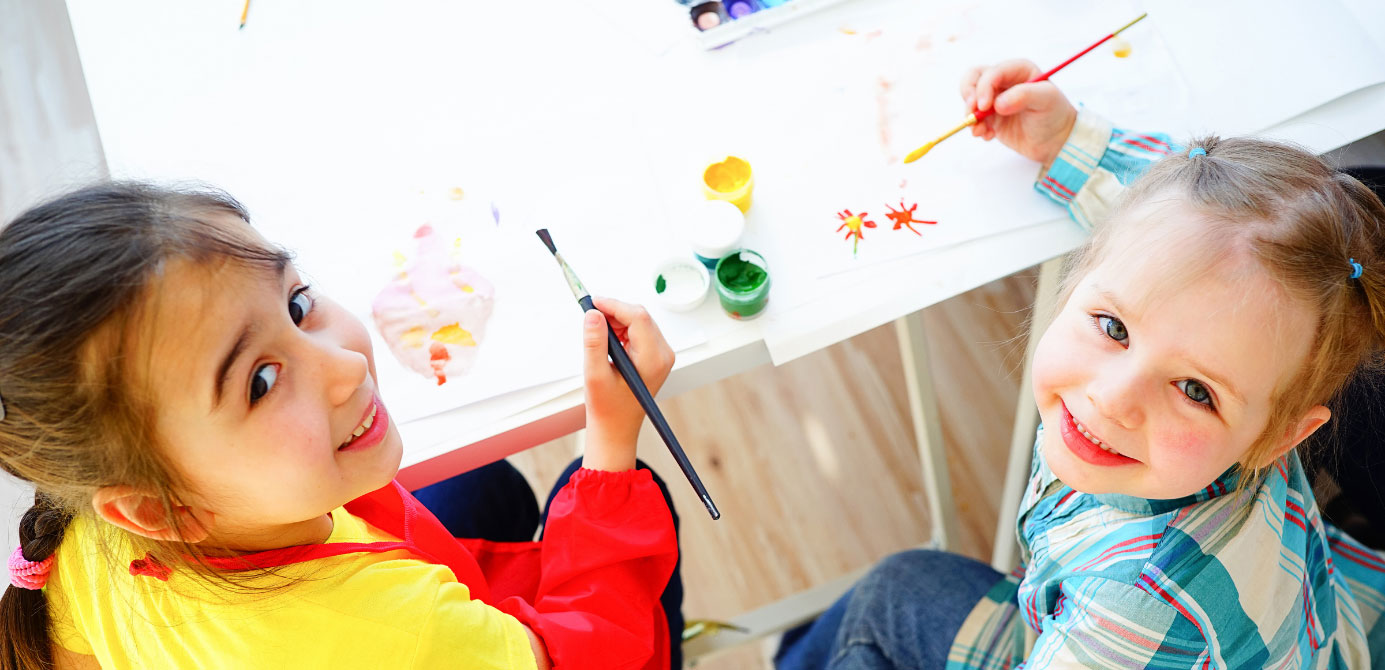
Arts enrichment classes and workshops are a fantastic way for children to explore their creative talents and channel their energies in positive ways, get messy, and take time off from being glued to gadgets. Creativity is also a great opportunity for children to develop complex social skills to get ahead in life.
As a matter of fact, every child can actively participate in arts enrichment classes. They have so many wonderful tools that put the power of creation in their hands. Helping them to learn and solve problems; work with new materials; collaborate seamlessly; figure out how to express their ideas clearly, and learn what it takes to be resourceful.
After all, the only way to helping solve the world’s many problems is through creativity. Let’s face it, children of today will be the creative problem solvers of tomorrow. Which is why we need to make sure that our children realize their full creative potential and be ready with skills that will matter in the 21st century.
Art is simple and yet beautiful. Peaceful and calming, fluid and tranquil, children quickly find themselves in the zone, lost in the restorative world of creativity that reduces stress levels almost instantly.
This brings us back to whether we see value in sending our children to creative art classes or not. What do you feel? Or is the right answer found in the question, “What is the value of a happy child?”
Table of Contents
ToggleArt classes & creative workshops
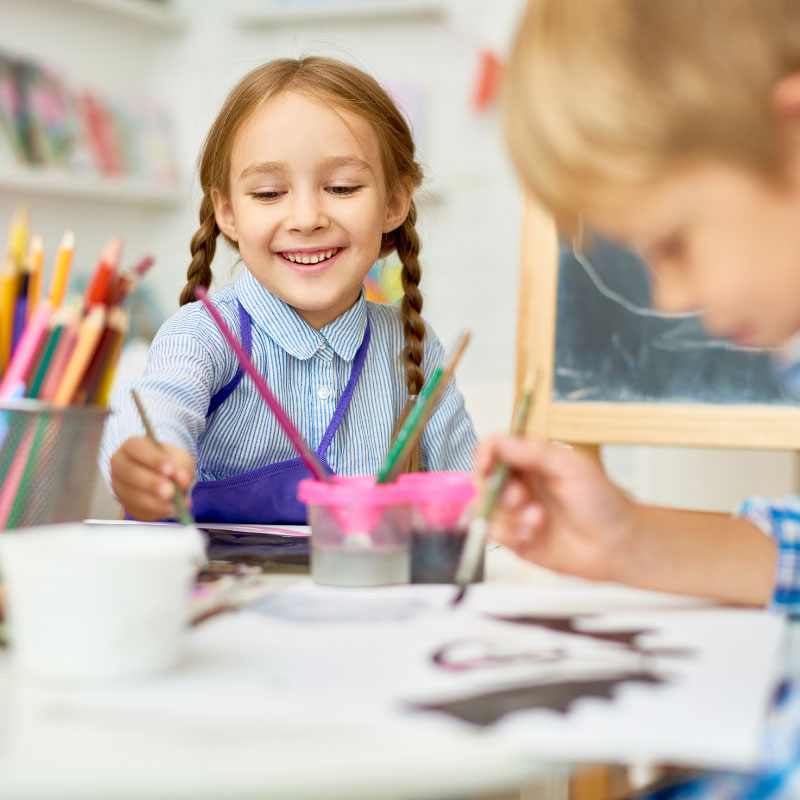
Process art activities sets a child free and helps them cultivate creative thinking and explore the creative processes. As children work through these open-ended enrichment art classes their art teachers are ready to guide them by providing questions, encouraging deep thinking, and helping spark an excitement for discovery. All our creative art classes and workshops are suitable to preschool-aged children, and contain ideas for explorations and add new inputs to engage older or more experienced child artists.
These sessions create “work at your own pace” experiences, allowing children to take their time and pause the creative process whenever they want to. While an adult may need help to get going again, children usually don’t. They can switch on and off at will.
The primary aim of our art classes and workshops is to improve a child’s mental health and wellbeing in five ways:
Connect: Help build strong relationships, establish a sense of belonging and increase self-worth.
Be active: Improve mental wellbeing as well as physical health and fitness.
Be aware: Paying more attention to thoughts and feelings, and the world around us.
Keep learning: Acquire new skills, boost self-confidence and raise self-esteem.
Keep giving: Acts of giving and kindness create positive feelings and a sense of reward.
See how creative you can get?
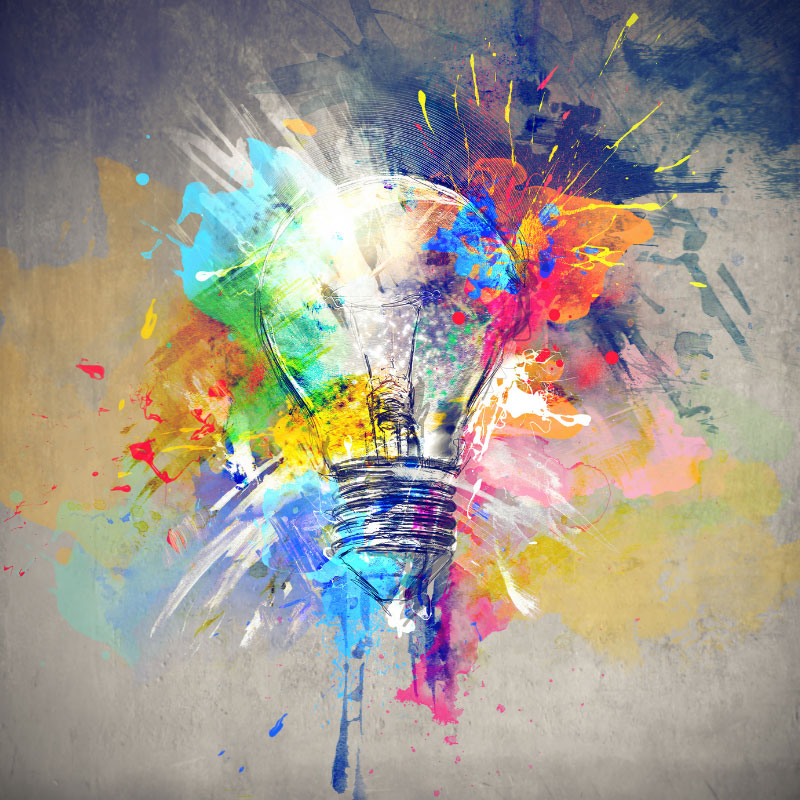
Whenever you think about art, you usually think of something you look at. But did you know that you can also make art by listening to a sound? It too can be very emotive, define a space, as well as trigger a memory. So the question to ask is, can we really draw or paint listening only to a sound and express what you see in the mind?
Give it a try. Imagine you are walking by a river alone and you hear a voice singing and it is coming from a small sailboat floating down the river. The song might sound mysterious, like something from a different world or time. The challenge is to draw an image inspired by the sound you heard. Close your eyes while you listen, then open them and start painting.
You might also surprise yourself with the results, just like the artist Julia Hamilton did. She uses colours and motion of the song (as she sees it in her head) to create a visual experience of the music.
How surreal can you get?
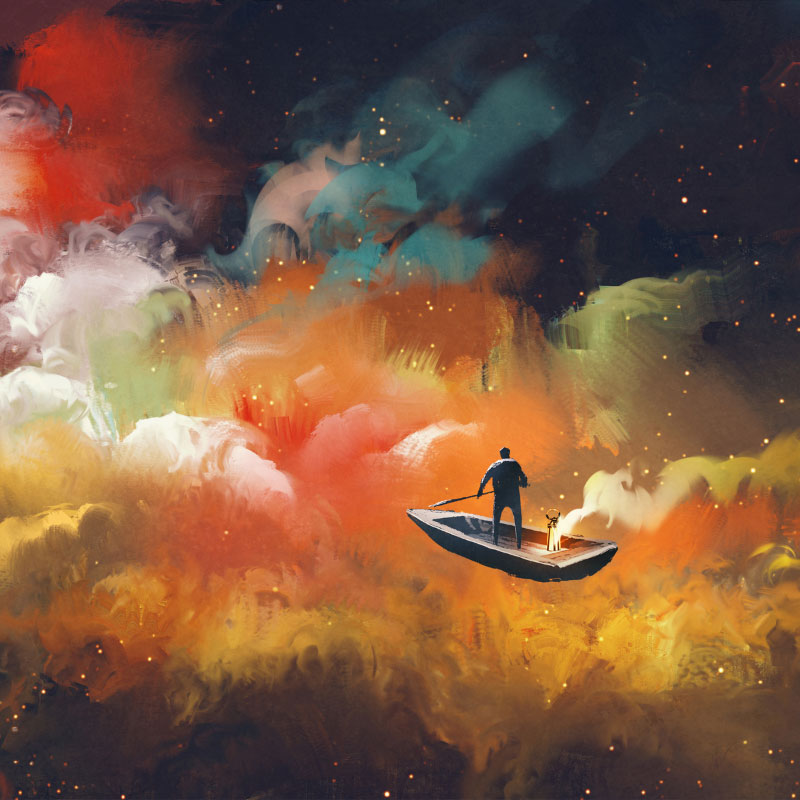
Reality, we all have to live in it, whether we like it or not. It is made up of tables and chairs, houses, washing up, all very real things, but also a tiny bit boring. Which is why artists invented surrealism. But what is surrealism?
It was an art movement started by the French writer Andre Breton in 1924, in which he defined surrealism as “pure psychic automatism“. He was interested in dreams, fantasies and thoughts that we don’t even know we are having. Artists like Andre Masson, Joan Miro, Salvador Dali, and Rene Magritte explored these ideas by creating surrealist art.
So what does surrealism look like? There are two main types, one is inspired by dreams, which combine things that you wouldn’t expect them to be seen together. Andre Masson became world famous for churning out fascinating surreal art.
Between 1934 to 1936, Masson made a series of paintings of Spanish landscapes when he was living in Catalonia, including this one of ‘Ibdes’, a village in Aragon. You may immediately see the two roosters woven into the landscape, while totally missing out on the crocodile formed by the rocks in the background. Intriguing, perhaps. Stunning, definitely!
The second type of surrealism is called automatism – this is art made without thinking. A famous exponent of this type of art was Joan Miro. Take a look at his work titled The Sun (El Sol 1949). Inspiring isn’t it!
Now that you know a little more about surrealism, what do you think? Which surrealist artist is your favourite? What unexpected things will you put together? How about drawing a tree that has antlers of a stag as branches and ears that look like leaves. Or perhaps, a squirrel wearing a tuxedo and a monocle?!
Give it a shot. You never know what might be lurking deep within your mind, waiting to show up through your art.
About Abrakadoodle
This is the kind of process art learning experiences that inspire children to think differently, be innovative, and devise ways that teach about interesting things found in the real world. Changing the way children discover and imagine. Ignite their minds to think, play and learn like never before.
If you like to enrol your child in art classes or participate in a workshop, give Abrakadoodle a call. Or better still, make an appointment with the head of a centre near you. Get a hands-on exposure to an experience that will make you see art in a way that adds value to life.
You may also like
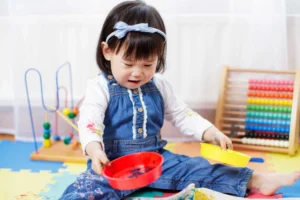
Aims & Objectives Of Art Activities For Preschoolers
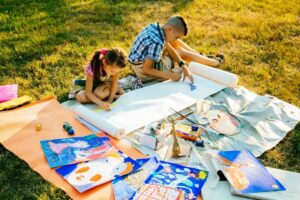
Why Fun Outdoor Art Activities Are Important

